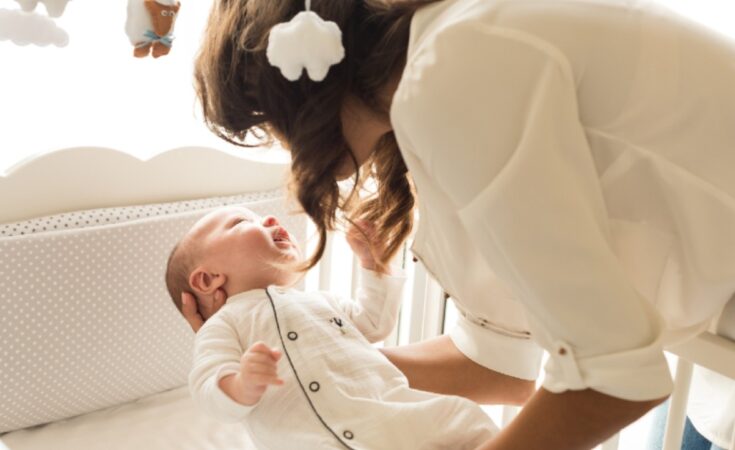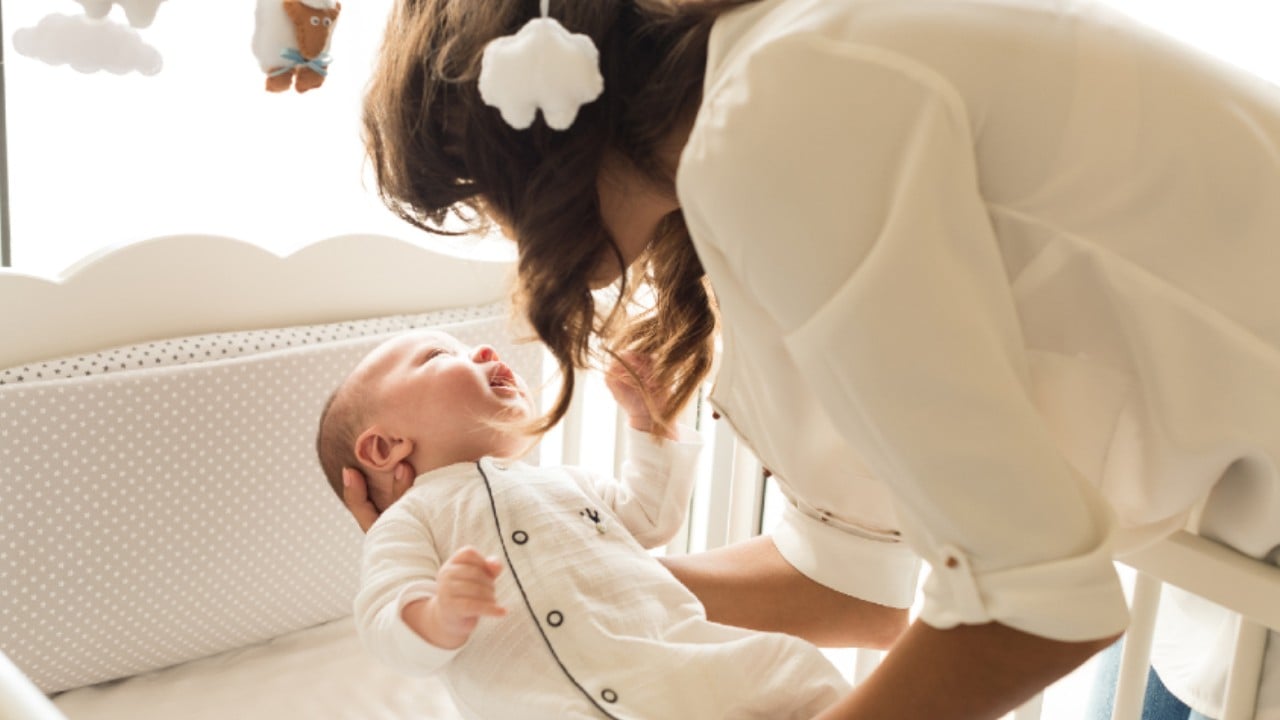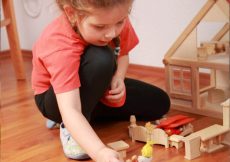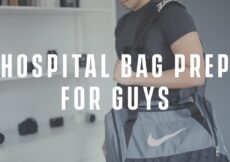Canadian parents can still buy crib bumpers at baby-gear stores. That needs to change.
Picture it: You’re walking up and down the aisles at your local baby-gear store. You’re pregnant, expecting your very first child, and excitedly learning about what you’ll need for that all-important first year.
A stroller, so you can take some leisurely walks with your baby? Check!
A few one-piece zippered PJs, to make middle-of-the-night diaper changes easier? Check! Throw at least eight of those in your cart.
A crib bumper, to ensure a soft and cozy sleep environment for your baby?
Hard no. Keep walking.
Although crib bumpers are available at baby-gear stores in a variety of adorable colours and models, they are in fact not safe for babies. That’s why yesterday, US president Joe Biden signed legislation to ban the sale of crib bumpers. They’d already been banned in several states, but now, they’re illegal across the country. The Safe Sleep for Babies Act of 2021 (H.R. 3182), which was signed into law on Monday, May 16, 2022 and goes into effect 180 days later, prohibits the manufacture and sale of crib bumpers (as well as inclined sleepers).
What is a crib bumper?
Crib bumpers are pads that line the inside of a crib. They are meant to prevent babies from getting an arm or leg stuck between the crib boards, or to protect them against rolling their heads into the hard slats. They are also sometimes used to keep pacifiers from falling out of the crib. As with many baby products, they are sold both individually and in bundles with other nursery items.
Are crib bumpers dangerous?
Health Canada and the Canadian Paediatric Society warn against using crib bumpers because studies have linked them to baby deaths. This can occur in multiple ways:
- Babies can suffocate if their faces become pressed against the fabric of a bumper pad.
- A baby’s head can get trapped between the bumper pad and the side of the crib.
- Long ribbons, strings or ties can cause a baby to become tangled or strangled.
- Children can use bumper pads to climb out of their crib once they are able to pull themselves up into a standing position. They could fall from the crib and be seriously hurt.
There isn’t much Canadian data on crib bumper dangers. Researchers say that bumper-related incidents are likely under-reported because some deaths that are determined to be from suffocation may be caused by bumpers but aren’t recorded as such.
In her practice, Toronto paediatrician Dina Kulik says she has never had a patient experience an issue with a crib bumper, but she nonetheless strongly recommends against them. “We know that having anything in the crib increases the risk of suffocation and SIDS,” Kulik told Today’s Parent.
What about mesh crib bumpers?
The US legislation specifically does not include mesh crib bumpers, meaning this product will still be available for sale. The implication is that, unlike padded bumpers, mesh crib bumpers are safe.
But are they?
It’s possible that mesh bumpers may reduce suffocation risk to babies (despite the fact that the word “breathable,” which appears on some mesh crib bumpers, is an unregulated marketing term and in fact refers to the ability of water to pass through fabric.) However, they continue to cause injuries and fatalities by entanglement or strangulation. A recent report from the US Product Safety Commission found that 13 percent of crib-bumper injuries between 2008 and 2019 were attributed to the mesh kind.
Why are crib bumpers still available in Canada?
In the US, this ban happened because two motivated politicians, Senators Duckworth and Portman, pushed it through. Perhaps that’s what needs to happen in Canada. Parents who walk through a baby-gear store and find a product available for sale can’t be faulted for believing the product is safe. Products that were previously believed to be safe can indeed be pulled off the shelf—Kulik points to baby walkers and baby positioners as examples. This is what needs to happen to crib bumpers, too.
Stay in touch
Subscribe to Today’s Parent’s daily newsletter for our best parenting news, tips, essays and recipes.
= 0;if(!is_postback){return;}var form_content = jQuery(this).contents().find(‘#gform_wrapper_13’);var is_confirmation = jQuery(this).contents().find(‘#gform_confirmation_wrapper_13’).length > 0;var is_redirect = contents.indexOf(‘gformRedirect(){‘) >= 0;var is_form = form_content.length > 0 && ! is_redirect && ! is_confirmation;var mt = parseInt(jQuery(‘html’).css(‘margin-top’), 10) + parseInt(jQuery(‘body’).css(‘margin-top’), 10) + 100;if(is_form){jQuery(‘#gform_wrapper_13’).html(form_content.html());if(form_content.hasClass(‘gform_validation_error’)){jQuery(‘#gform_wrapper_13’).addClass(‘gform_validation_error’);} else {jQuery(‘#gform_wrapper_13’).removeClass(‘gform_validation_error’);}setTimeout( function() { /* delay the scroll by 50 milliseconds to fix a bug in chrome */ jQuery(document).scrollTop(jQuery(‘#gform_wrapper_13’).offset().top – mt); }, 50 );if(window[‘gformInitDatepicker’]) {gformInitDatepicker();}if(window[‘gformInitPriceFields’]) {gformInitPriceFields();}var current_page = jQuery(‘#gform_source_page_number_13’).val();gformInitSpinner( 13, ‘https://www.todaysparent.com/wp-content/plugins/gravityforms/images/spinner.gif’ );jQuery(document).trigger(‘gform_page_loaded’, [13, current_page]);window[‘gf_submitting_13’] = false;}else if(!is_redirect){var confirmation_content = jQuery(this).contents().find(‘.GF_AJAX_POSTBACK’).html();if(!confirmation_content){confirmation_content = contents;}setTimeout(function(){jQuery(‘#gform_wrapper_13’).replaceWith(confirmation_content);jQuery(document).scrollTop(jQuery(‘#gf_13’).offset().top – mt);jQuery(document).trigger(‘gform_confirmation_loaded’, [13]);window[‘gf_submitting_13’] = false;}, 50);}else{jQuery(‘#gform_13’).append(contents);if(window[‘gformRedirect’]) {gformRedirect();}}jQuery(document).trigger(‘gform_post_render’, [13, current_page]);} );} );]]>
Read The Full Article Here



































